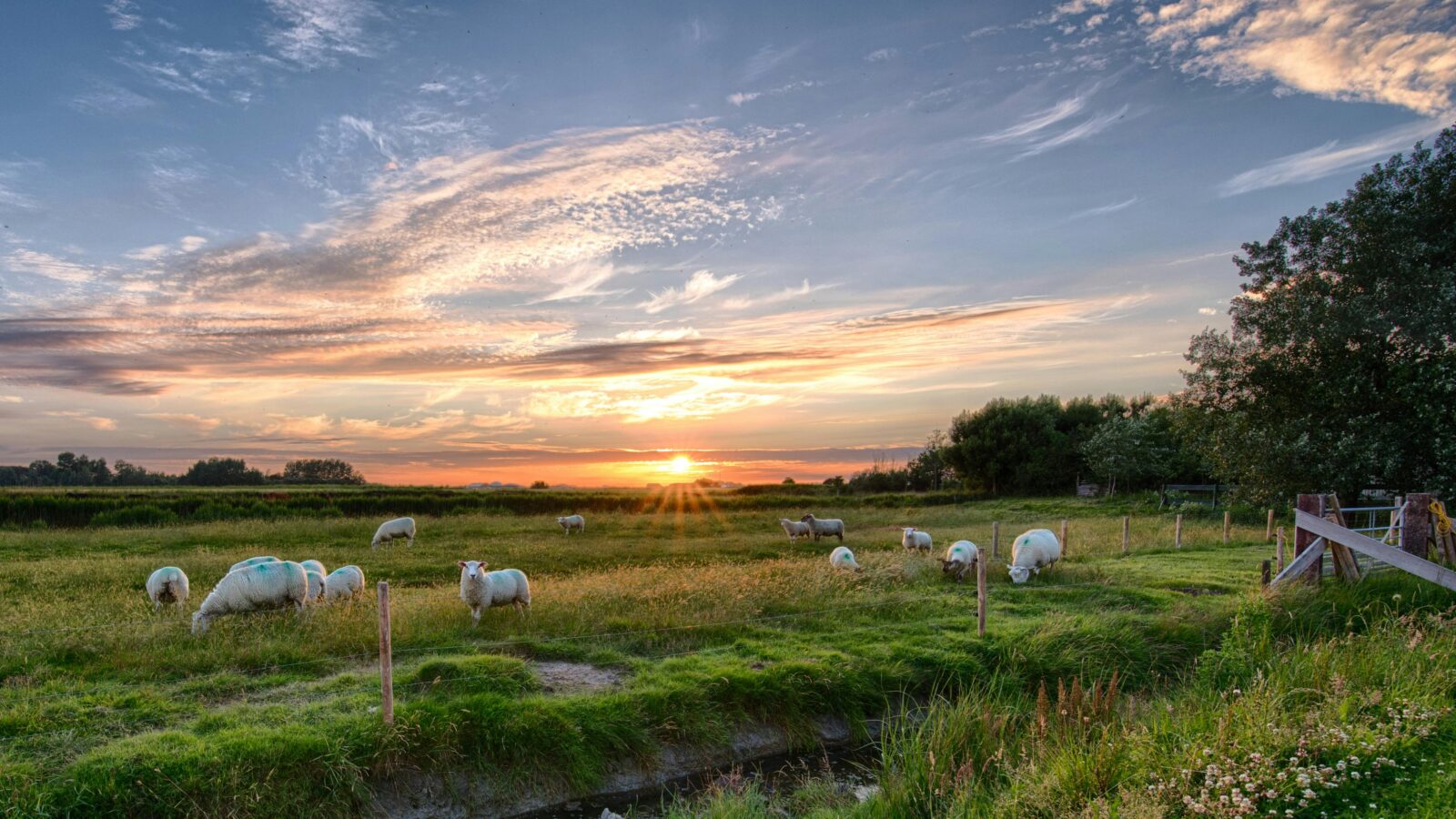If you’re comfortable with the idea of “organic,” get ready to explore a step further. Biodynamic farming takes the principles of sustainable agriculture and adds a layer of deep ecological and even spiritual philosophy. It’s a fascinating world where farmers work with lunar cycles, create specialized compost preparations, and view their entire farm as a living organism. Whether you’ve spotted “biodynamic” labels on wine bottles or heard whispers about this ultra-organic method, you’re about to discover an agricultural approach that’s both ancient in wisdom and revolutionary in practice.
Is Biodynamic Just “Super Organic”? A Clear Comparison
The short answer is no—biodynamic farming is fundamentally different from organic, though it includes all organic practices and then goes much further. Think of organic farming as the foundation, and biodynamic as an entire philosophical system built on top of it.
Organic farming focuses primarily on what you don’t use: no synthetic pesticides, herbicides, or fertilizers. It emphasizes soil health through natural methods, but the approach is largely about avoiding harmful inputs while maintaining productivity.
Biodynamic farming includes all these organic principles but adds three distinctive elements:
- The farm must function as a complete, self-sustaining ecosystem
- Agricultural activities are timed according to cosmic rhythms and lunar cycles
- Specific homeopathic-style preparations are used to enhance soil and plant vitality
Where organic certification might allow certain natural inputs from outside the farm, biodynamic farms strive for complete self-sufficiency. Every element—from fertilizer to pest control—should ideally come from within the farm’s own ecosystem.
The philosophical difference is profound. Organic farming asks, “How can we grow food without harming the environment?” Biodynamic farming asks, “How can we create a farm that enhances and heals the land while producing the highest quality food possible?”
The Core Philosophy: The Farm as a Living Organism
At the heart of biodynamic farming lies a revolutionary concept: your farm isn’t just a collection of fields, animals, and crops—it’s a single, interconnected living organism. Just as your body has different organs that work together for health, a biodynamic farm integrates crops, livestock, forests, wetlands, and even the farmer’s family into one harmonious system.
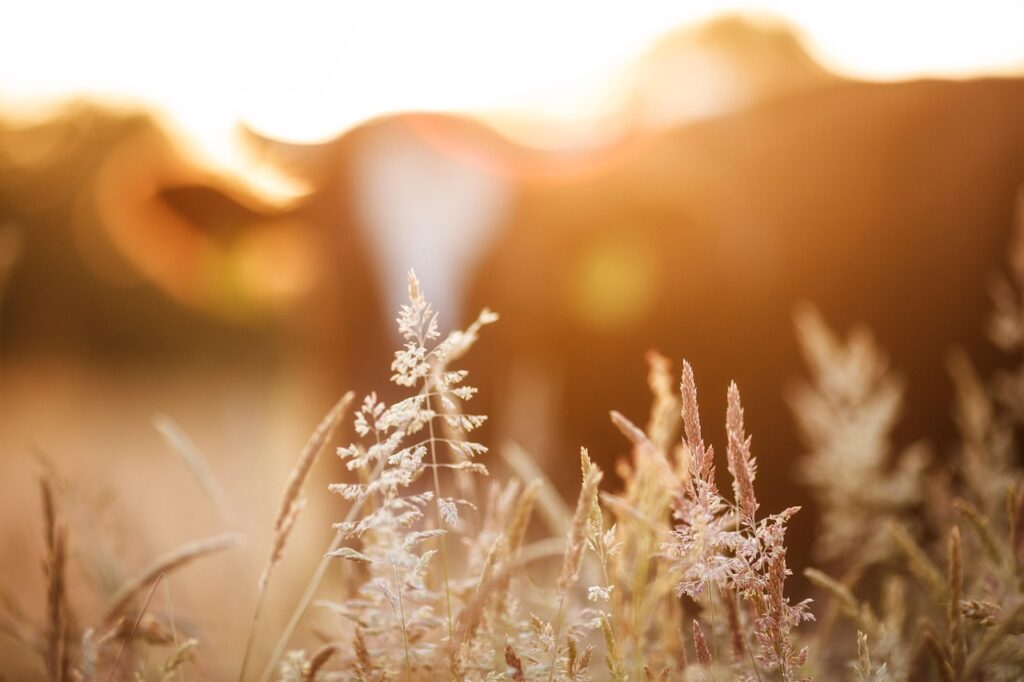
This organic farm philosophy was developed by Austrian philosopher Rudolf Steiner in 1924, when he delivered a series of agricultural lectures to farmers concerned about declining soil fertility and crop quality. Steiner’s approach drew from his broader anthroposophical philosophy, which emphasizes the spiritual dimensions of natural phenomena.
In practical terms, this means that every decision on a biodynamic farm considers the whole system. When a farmer decides what to plant, they’re not just thinking about market prices or soil nutrients—they’re considering how that crop will interact with the farm’s animals, how it fits into the broader crop rotation, how it affects beneficial insects, and even how cosmic forces might influence its growth.
This holistic thinking leads to farms that are remarkably biodiverse and resilient. Instead of monocultures that require constant external inputs, biodynamic farms develop their own internal rhythms and support systems.
The Three Guiding Principles of Biodynamics
1. Creating a Self-Sustaining System
The first principle of biodynamic farming is achieving complete self-sufficiency—or as close to it as possible. This means generating your own fertility, managing pests through biodiversity, and creating closed loops where waste from one part of the farm becomes food for another.
In practice, this might look like:
- Integrated livestock: Animals aren’t just for meat or milk—their manure feeds the compost system, they graze cover crops that build soil, and they provide the materials for biodynamic preparations
- On-farm composting: Rather than buying fertilizer, biodynamic farmers create their own through carefully managed compost piles that often include the special biodynamic preparations
- Diverse plantings: Fields include not just cash crops but also plants that attract beneficial insects, build soil nitrogen, and provide habitat for natural pest predators
This self-sufficiency isn’t just environmental—it’s economic. By reducing dependence on external inputs, biodynamic farms often achieve better profit margins than conventional operations, even if their yields are somewhat lower.
2. The Role of Cosmic Rhythms (The Planting Calendar)
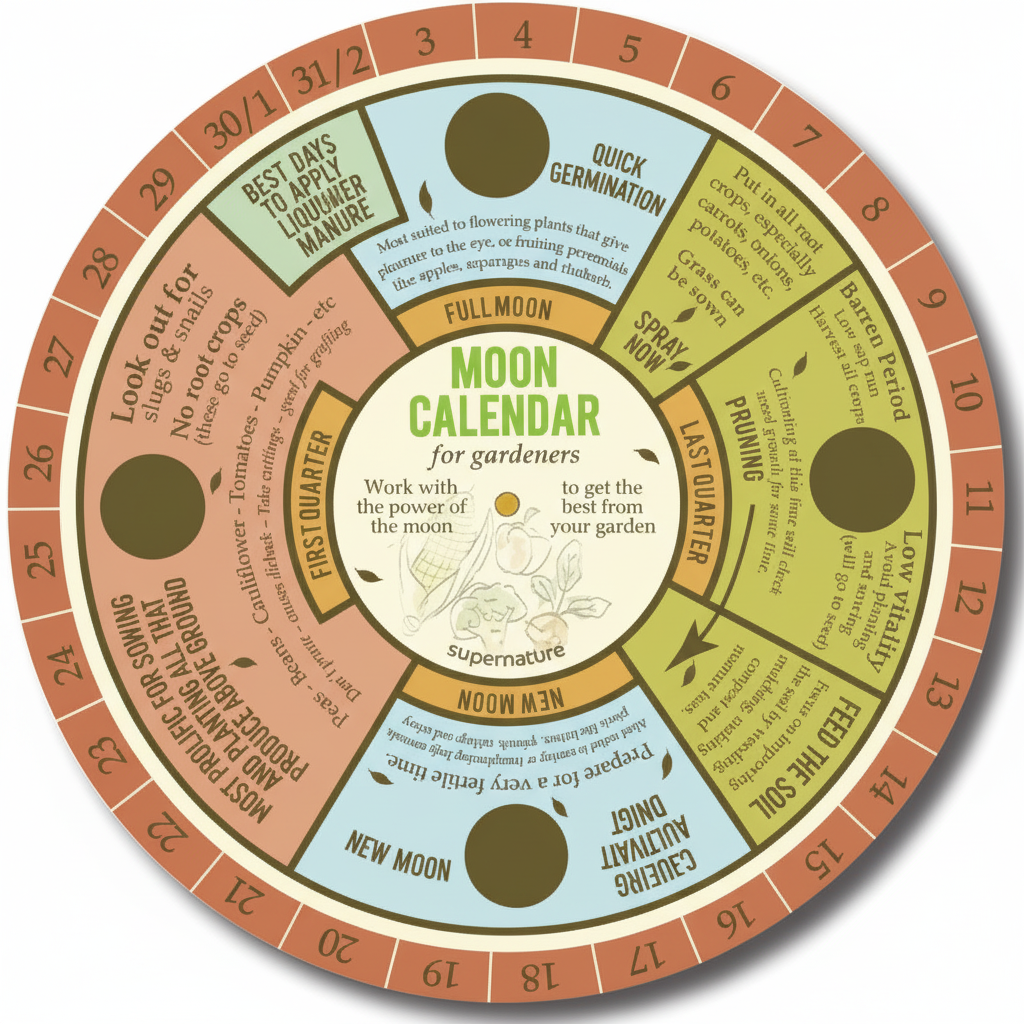
When I first heard about farmers planting by the moon, I was skeptical, to say the least. It sounds more like astrology than agriculture. But to understand biodynamics, we have to look past the initial strangeness and explore the ecological intent behind these practices.
Biodynamic farmers use a specialized planting calendar that considers four types of days based on the moon’s position relative to constellations:
- Root days: When the moon passes through earth signs, ideal for planting root vegetables like carrots and potatoes
- Leaf days: Moon in water signs, perfect for leafy greens and grass
- Flower days: Moon in air signs, best for flowering plants and herbs
- Fruit days: Moon in fire signs, optimal for fruit and seed crops
While the astronomical basis might seem mystical, some of these practices align with observable natural phenomena. Many experienced farmers, even conventional ones, have noted that certain moon phases seem to correlate with better germination rates or plant growth—though the scientific mechanisms aren’t fully understood.
The calendar also incorporates other cosmic events like planetary alignments and lunar nodes, creating a complex but systematic approach to timing farm activities. Whether you believe in cosmic influences or not, this system forces farmers to pay incredibly close attention to natural rhythms and seasonal changes.
3. The Biodynamic Preparations
Perhaps the most distinctive—and controversial—aspect of biodynamic farming is the use of nine specific preparations, numbered BD 500 through BD 508. These are used in homeopathic doses to enhance soil fertility and plant health.
The preparations fall into two categories:
Field sprays (BD 500 and 501):
- BD 500 (Horn Manure): Cow manure is packed into cow horns, buried over winter, then dug up and stirred into water to create a soil spray
- BD 501 (Horn Silica): Ground quartz crystal is packed into cow horns, buried over summer, then used as a foliar spray
Compost preparations (BD 502-508): These include herbs like yarrow, chamomile, and valerian that are fermented inside animal organs (like deer bladders or cow intestines) and then added to compost piles in tiny amounts.
The preparations represent the most esoteric aspect of biodynamic farming, and they’re often what skeptics focus on when dismissing the entire system. However, many biodynamic farmers report improved soil biology and plant health after using these preparations, though controlled scientific studies show mixed results.
Explaining the Biodynamic Preparations
Let’s demystify these preparations by understanding their intended purpose and practical application. While the methods might seem unusual, each preparation has a specific role in the biodynamic system.
BD 500 (Horn Manure) is considered the foundation of biodynamic soil fertility. Fresh cow manure is packed into cow horns from cows that have calved, buried in the soil during autumn, and left to decompose over winter. In spring, the horn is dug up, and the transformed manure inside has become a dark, humus-rich substance with an earthy smell.
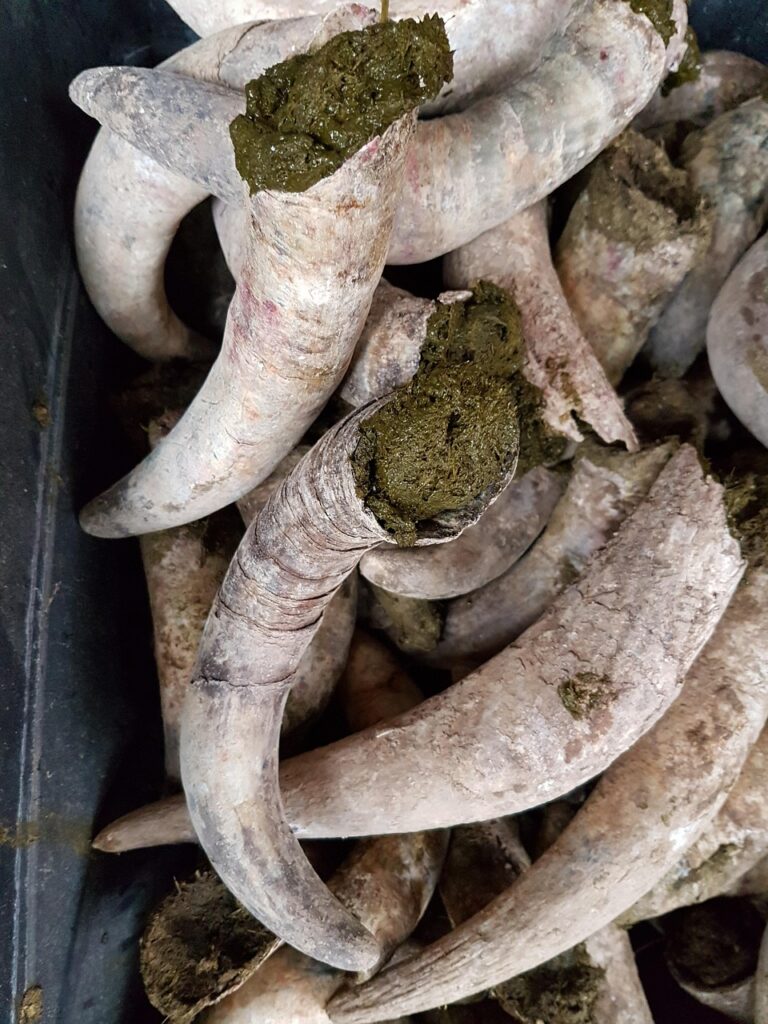
This preparation is mixed with water using a specific stirring method—creating a vortex in one direction, then rapidly reversing to create chaos, then rebuilding the vortex in the other direction. This process, called “dynamization,” continues for one hour. The resulting liquid is then sprayed on fields and pastures in late afternoon.
BD 501 (Horn Silica) works as a complement to BD 500. Finely ground quartz crystals are packed into cow horns and buried during the warm summer months. After being retrieved, this preparation is stirred into water using the same dynamization process and sprayed on plants early in the morning when dew is still present.
The compost preparations (BD 502-508) each contain different medicinal plants:
- BD 502: Yarrow flowers fermented in a deer bladder
- BD 503: Chamomile flowers fermented in cow intestines
- BD 504: Stinging nettle fermented underground for a full year
- BD 505: Oak bark fermented in a cow skull
- BD 506: Dandelion flowers fermented in cow mesentery
- BD 507: Valerian flowers prepared as a liquid extract
- BD 508: Horsetail tea used as a spray to prevent fungal diseases
These preparations are added to compost piles in homeopathic amounts—often just a few grams per ton of compost. The intent is to guide the decomposition process and enhance the biological activity of the finished compost.
While the animal organ containers might seem bizarre, they’re chosen based on each organ’s specific properties and functions. The deer bladder, for instance, is selected for yarrow because of its connection to sulfur processes that the yarrow is meant to regulate.
Demeter: The Gold Standard of Biodynamic Certification
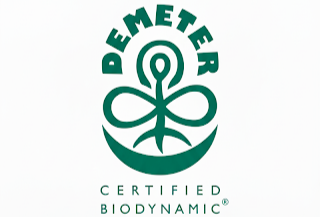
If you want to know whether a product is truly biodynamic, look for the Demeter certification label. Named after the Greek goddess of agriculture, Demeter International is the only organization that certifies biodynamic farms and products worldwide.
Demeter certification goes far beyond organic standards. To earn this label, farms must:
- Dedicate the entire farm to biodynamic methods—you can’t certify just a portion of your operation
- Use all nine biodynamic preparations according to specific timing and application methods
- Maintain at least 10% of the farm as biodiversity areas including forests, wetlands, or habitat corridors
- Integrate animals into the farm system (with some exceptions for horticultural operations)
- Follow the biodynamic calendar for planting, cultivating, and harvesting
- Meet all organic standards plus additional biodynamic requirements
The certification process is rigorous, often taking several years to complete. Inspectors don’t just verify that prohibited substances aren’t used—they evaluate whether the farm truly functions as an integrated organism.
Demeter-certified products command premium prices in the marketplace, often 20-50% higher than organic equivalents. This premium reflects both the intensive management required and the exceptional quality that biodynamic methods often produce.
Currently, there are over 6,500 Demeter-certified farms across more than 60 countries, managing approximately 208,000 hectares of biodynamic agriculture. Germany leads in total biodynamic acreage, while countries like Australia and the United States are seeing rapid growth in certified operations.
So, Is It Worth It? The Benefits Claimed by Practitioners
Biodynamic farmers report a wide range of benefits from their practices, though scientific validation varies for different claims. Here’s what practitioners consistently observe:
Soil Health Improvements: Long-term biodynamic farms often show exceptional soil biology, with high earthworm populations, increased organic matter, and improved water retention. Some studies have found biodynamic soils contain more microbial diversity than organic or conventional soils.
Enhanced Flavor and Nutrition: Many biodynamic products, particularly wines, are praised for exceptional flavor complexity. Some studies suggest biodynamic produce may have higher antioxidant levels, though results are mixed and more research is needed.
Increased Farm Resilience: The self-sufficient nature of biodynamic farms often makes them more resilient to external shocks like supply chain disruptions or extreme weather events. The biodiversity typical of these farms provides natural pest control and climate buffering.
Economic Sustainability: Despite potentially lower yields, many biodynamic farms achieve strong profitability through premium prices, reduced input costs, and diversified revenue streams.
Environmental Benefits: Biodynamic farms typically show increased biodiversity, improved carbon sequestration, and reduced environmental impact compared to conventional agriculture.
However, it’s important to note that scientific research on biodynamic methods shows mixed results. While soil health benefits are generally supported, claims about the specific effects of cosmic timing or the preparations remain controversial in scientific circles.
What’s not controversial is that biodynamic farms represent some of the most carefully managed and ecologically integrated agricultural systems in the world. Whether the specific esoteric practices contribute to these results or whether it’s simply the result of intensive organic management remains an open question.
FAQ
What is the main principle of biodynamic farming?
The main principle is treating the farm as a complete, self-sustaining living organism. This means creating closed loops where every element of the farm supports every other element, rather than relying on external inputs. The farm should generate its own fertility, manage pests through biodiversity, and work in harmony with natural and cosmic rhythms.
What is the difference between biodynamic and organic?
While biodynamic farming includes all organic practices (no synthetic chemicals), it goes much further. Biodynamic adds three key elements: complete farm self-sufficiency, timing activities according to cosmic calendars, and using nine specific preparations to enhance soil and plant health. Biodynamic also requires the entire farm to be certified, not just individual fields.
Who started biodynamic farming?
Biodynamic farming was developed by Austrian philosopher Rudolf Steiner in 1924. Steiner created this system in response to European farmers who were concerned about declining soil fertility and crop quality in the early 20th century. His approach integrated his anthroposophical philosophy with practical agricultural methods.
What are the biodynamic preparations?
The biodynamic preparations are nine specific substances (numbered BD 500-508) used to enhance soil fertility and plant health. The most famous are BD 500 (horn manure) and BD 501 (horn silica), which are sprayed on fields. The others (BD 502-508) are added to compost and contain various herbs like yarrow, chamomile, and valerian that have been fermented in animal organs.
Is biodynamic farming scientifically proven?
The scientific evidence is mixed. Studies consistently show that biodynamic farms have excellent soil health, biodiversity, and environmental benefits. However, the specific effects of cosmic timing and the preparations remain controversial and aren’t consistently supported by controlled studies. Many scientists view biodynamic success as resulting from excellent organic management rather than the esoteric practices.
How much does biodynamic certification cost?
Demeter certification costs vary by country and farm size, but typically range from $500-3000 annually for inspection and certification fees. The transition period to become certified usually takes 2-3 years, during which farmers must follow all biodynamic practices but cannot yet use the Demeter label.
Can I practice biodynamic farming in my home garden?
Absolutely! Many biodynamic principles scale down beautifully to home gardens. You can create your own compost, plant according to the biodynamic calendar, encourage biodiversity, and even make simplified versions of some preparations. While you can’t get Demeter certification for a home garden, you can certainly apply biodynamic principles to improve your soil and plant health.
Whether you’re drawn to biodynamic farming for its environmental benefits, curious about its spiritual dimensions, or simply interested in the most intensive form of organic agriculture, this system offers a fascinating glimpse into what farms might look like when we treat them not as factories, but as living ecosystems. In a world increasingly concerned about sustainability and food quality, biodynamic farming provides a time-tested template for agriculture that heals rather than depletes the land.

